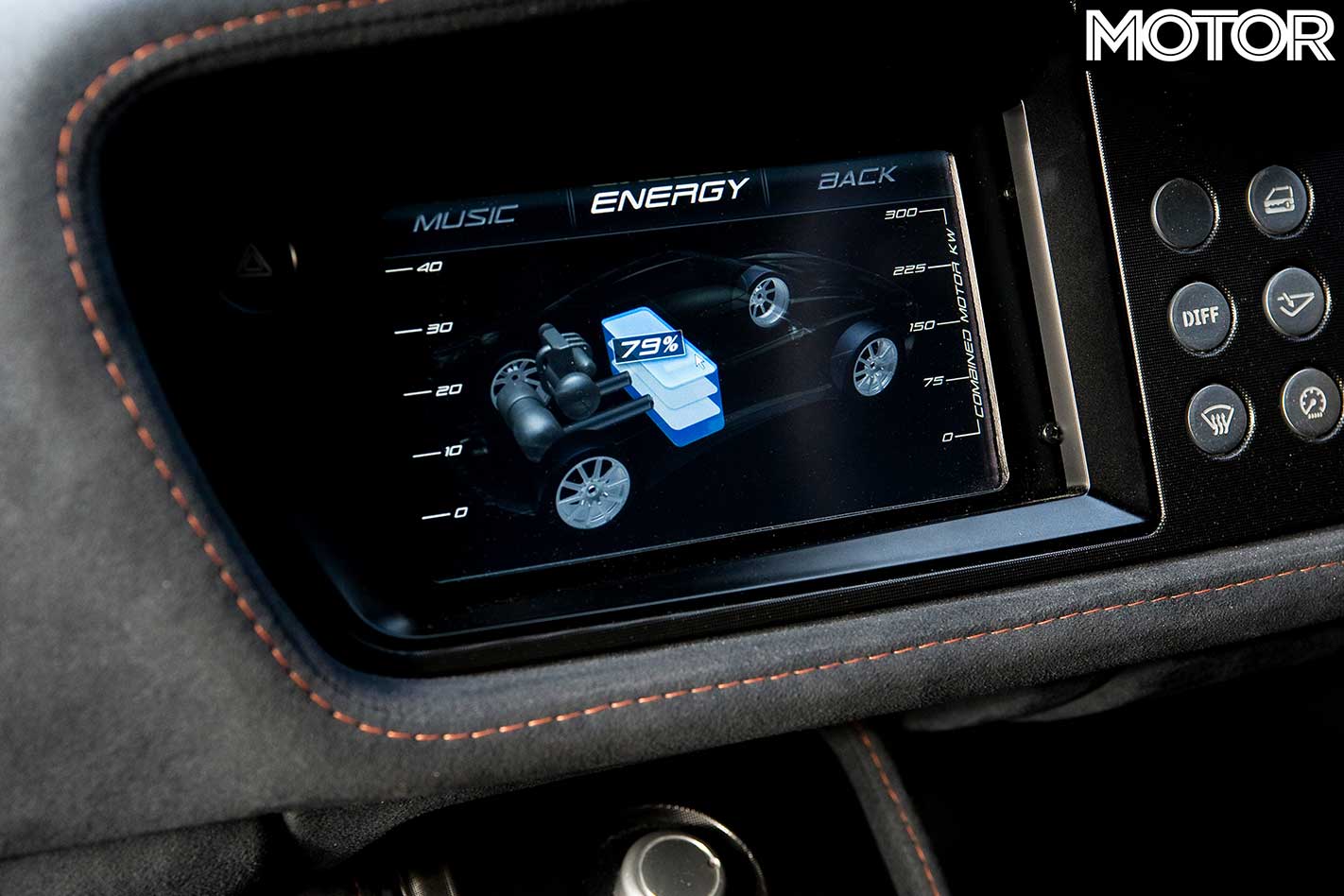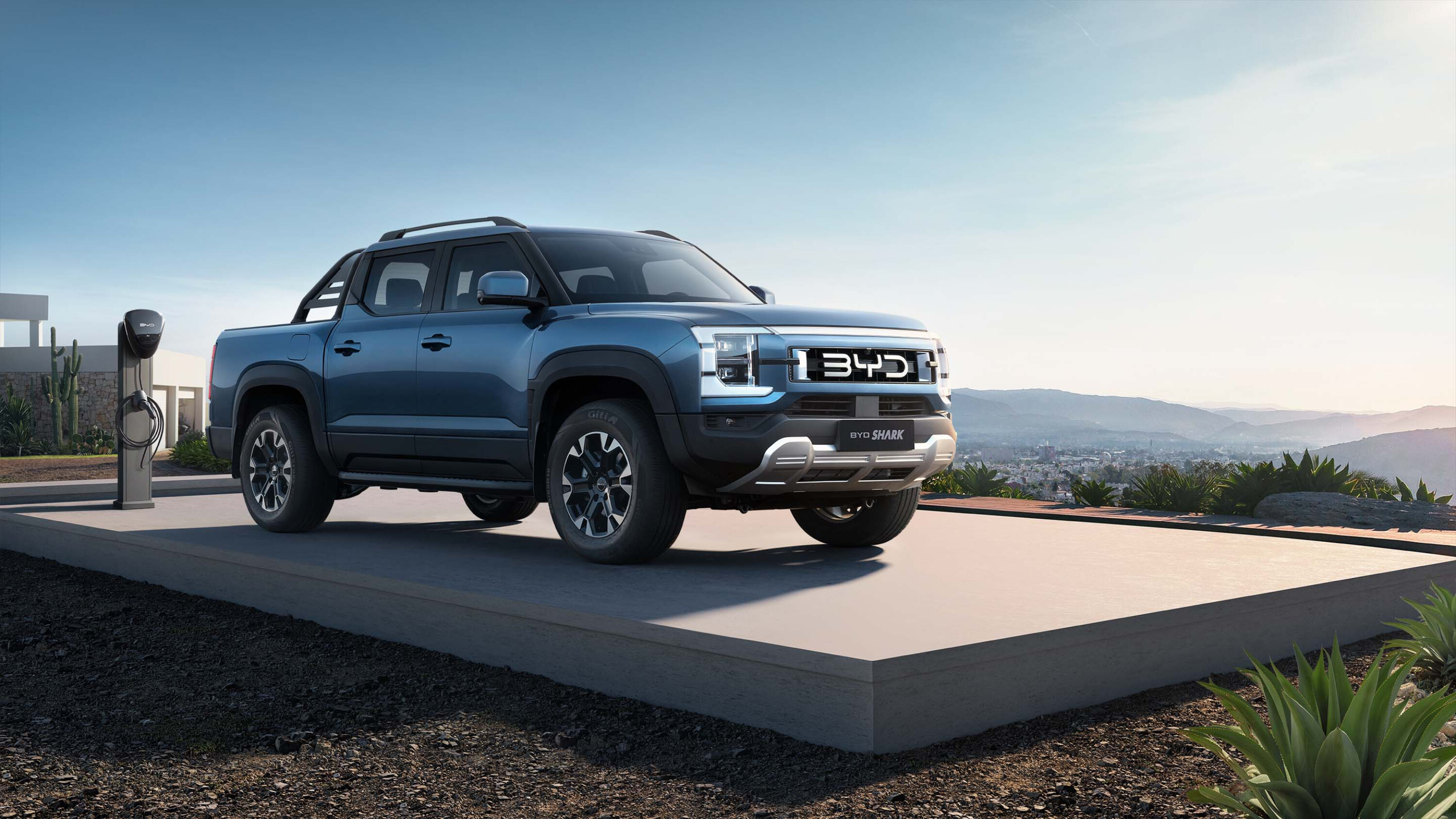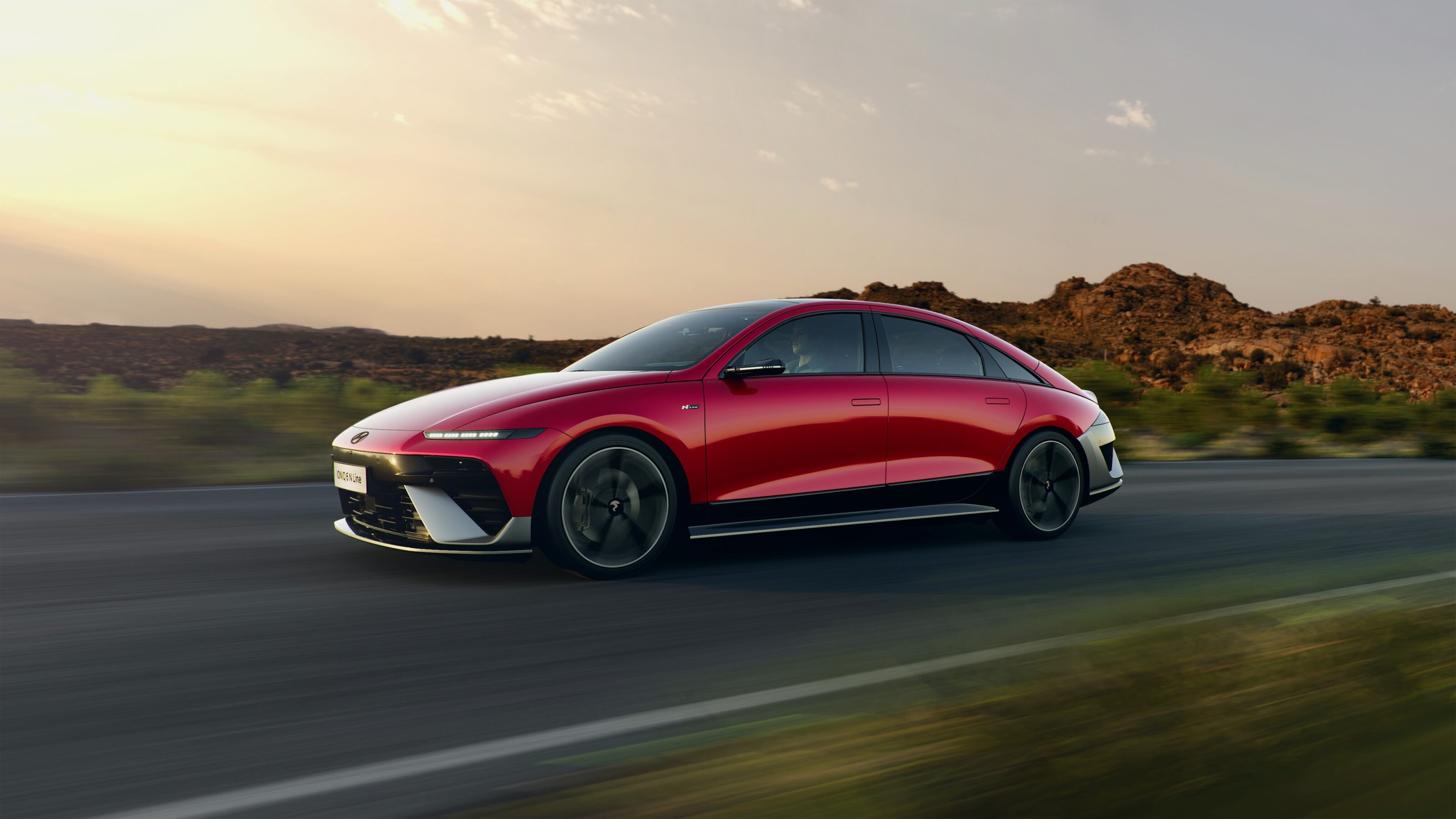Hyundai claims giving its new electric vehicles bold new designs and packing them full of high-tech equipment is driving customers away from premium brands and towards its own dealerships.
Following the reveal of the 2023 Hyundai Ioniq 6 last week, the new EV has been widely compared to a number of luxury cars, such as the Mercedes-Benz EQS and EQE, and even the Porsche 911 Turbo, both in terms of its aesthetics and its features.
At the global premiere of the Ioniq 6 this week, Hyundai execs told media both the coupe and its Ioniq 5 SUV sibling have shaken up the market – and its going in the Korean marque’s favour.
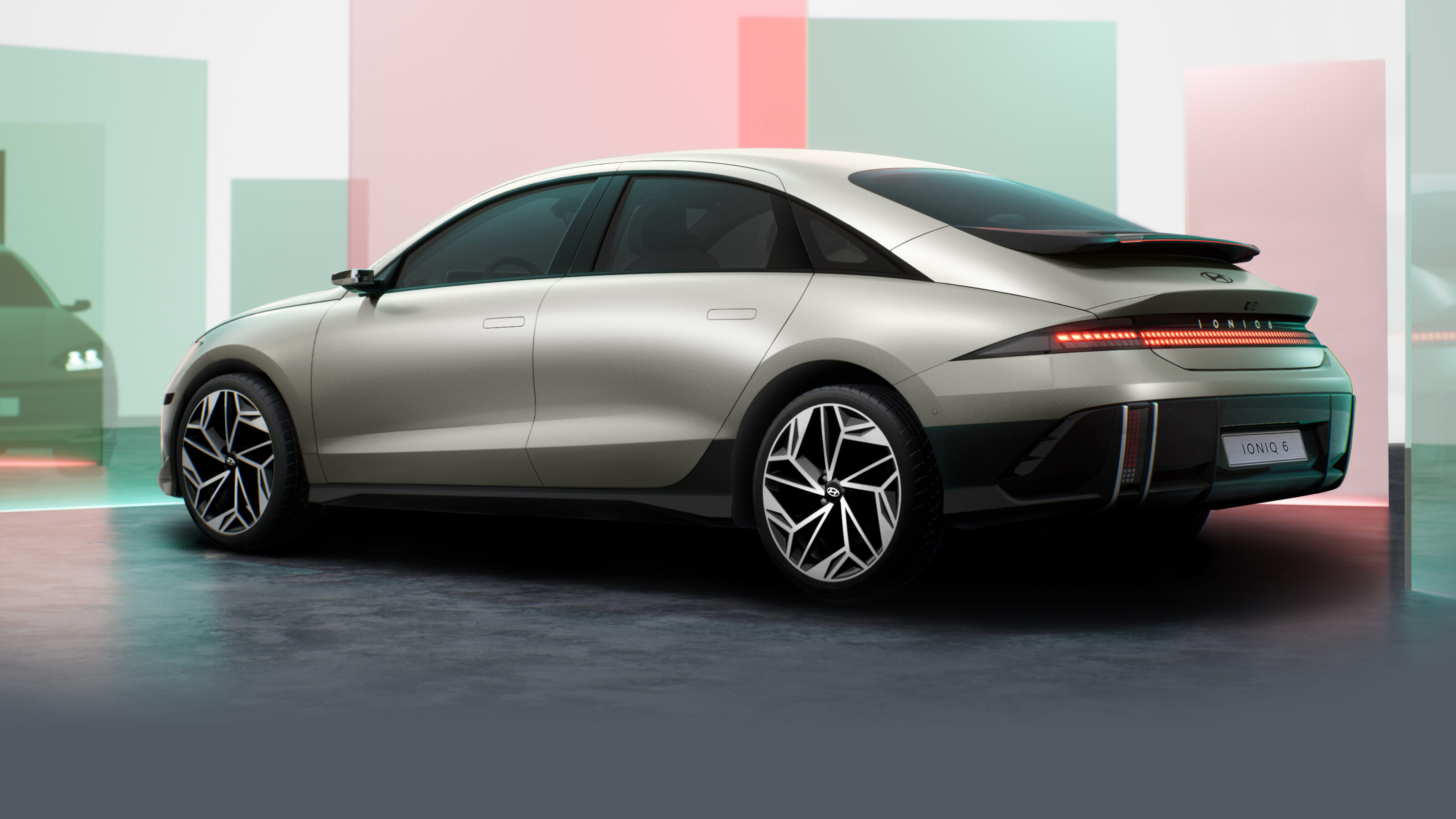
“The Ioniq 5 has created a buzz since it launched around the world,” said Thomas Schemera, Executive Vice President and Head of Customer Experience Division at Hyundai Motor Company.
“We’re changing the paradigm – we’re providing an extraordinary user experience with progressive design.
“Customers of premium brands are coming into our dealerships and showing big interest because we offer premium appeal without premium pricing.”
While the Ioniq 5 is aimed at young families, because it offers the space and functionality they need, says Hyundai, the Ioniq 6 is designed squarely for young, single professionals because of its luxurious styling, upscaled interior and high-end tech.“Everyone wants premium technology in the interior now, it’s something we must deliver and will continue to develop even though we are a volume brand,” added SangYup Lee, Executive Vice President and Head of Hyundai Global Design Centre.
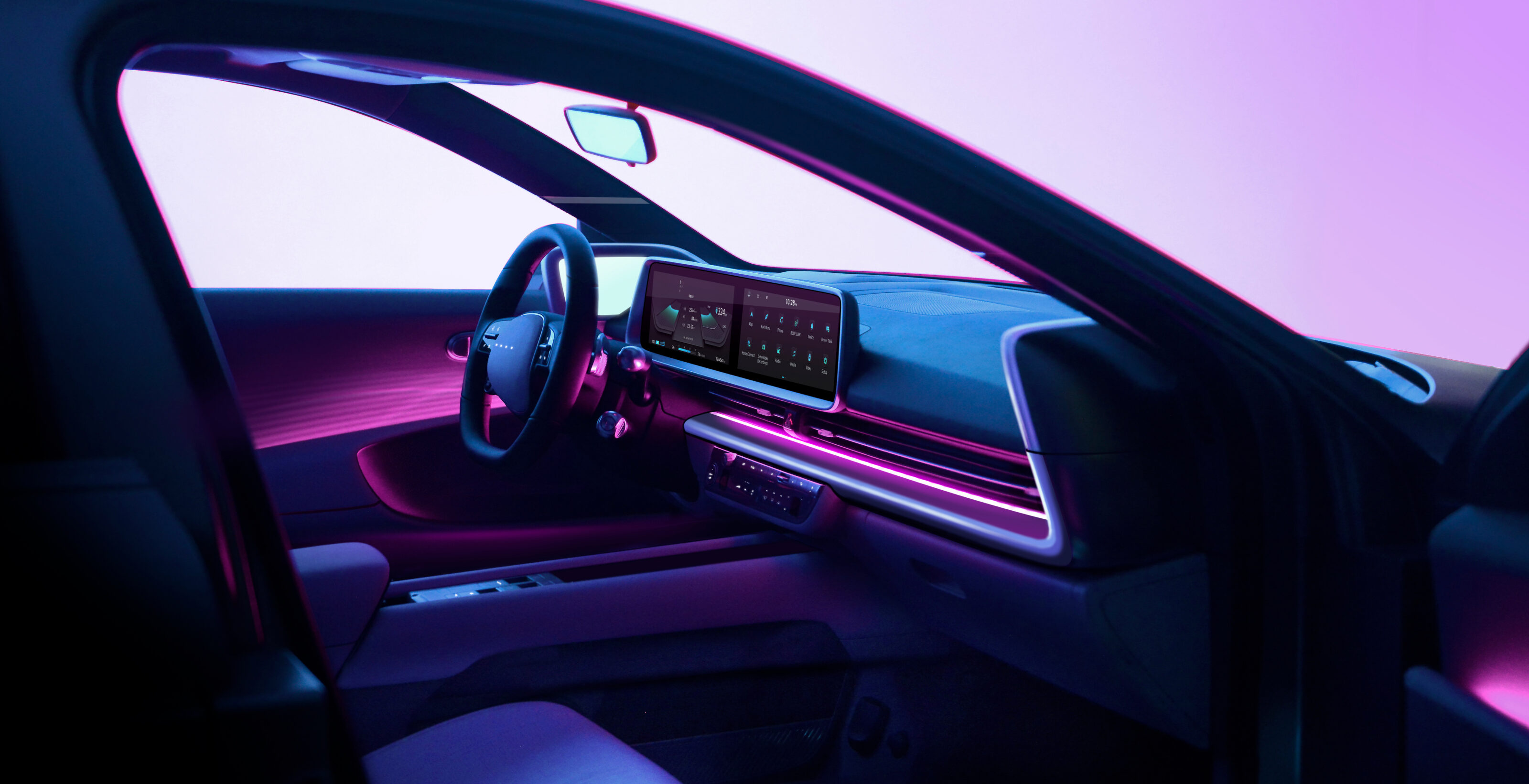
“The premium technology and level of design raises the bar.”
On the inside, the Ioniq 6 has been designed to be more of a living space than just a means of transport, and includes a number of top-end features reminiscent of much more expensive cars.
As well as having a high degree of personalisable features, the Ioniq 6 comes with; ambient lighting, two 12-inch screens (for infotainment and the digital cluster), Hyundai’s Electric Active Sound Design, Bose Premium Sound System and five USB ports for connectivity – as well as a wealth of safety equipment, to name just a few.
It also uses many sustainable materials throughout the cabin, including; faux leather materials, recycled polyester fabric for the seats, paint sourced from used vegetable oil for the doors, and recycled fishing net carpets – all of which SangYup Lee says don’t come cheap.
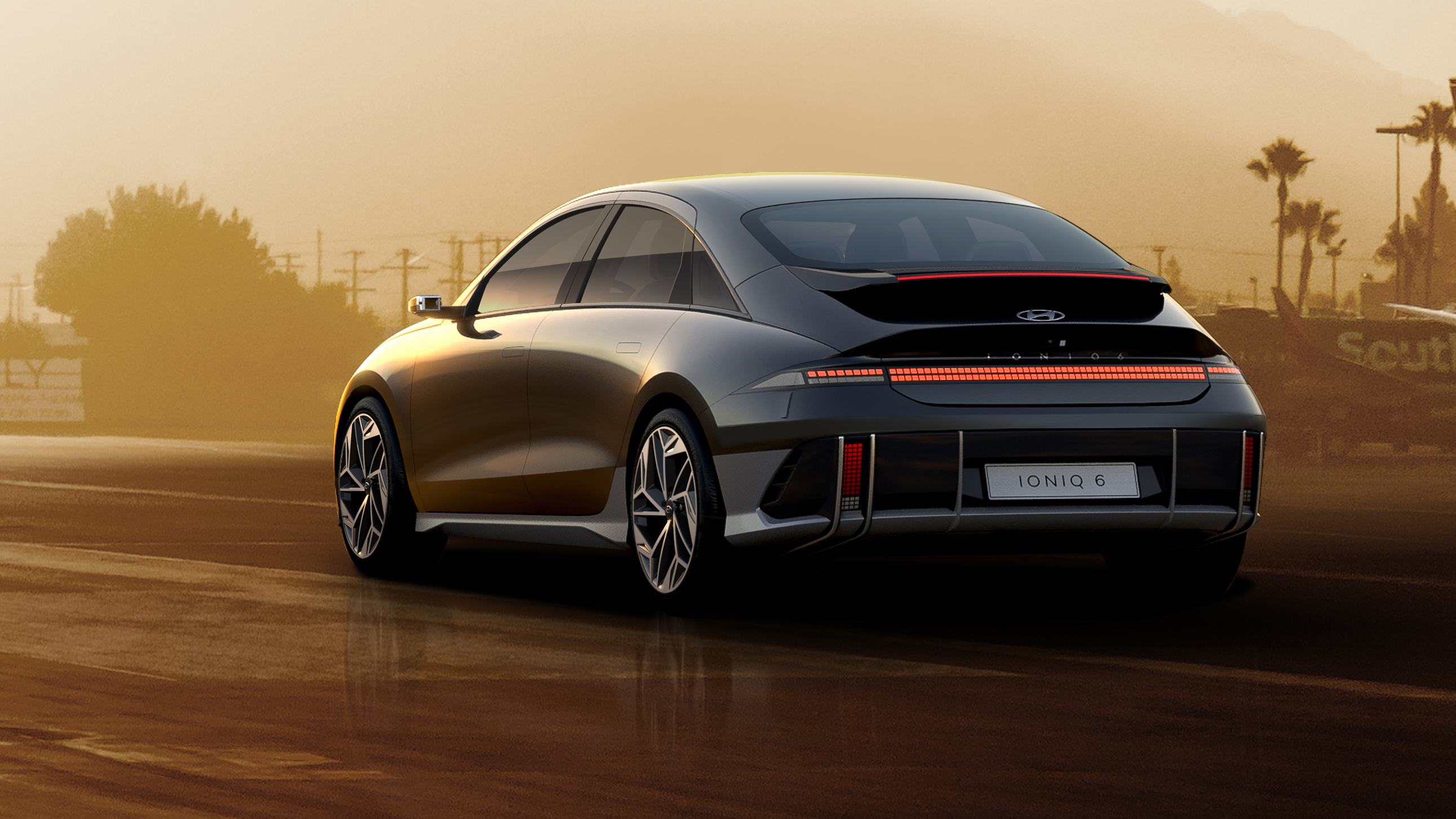
“Sustainable materials are pricey for a volume brand,” the boss added.
The cabin will feature a 64-colour configurable ambient lighting and six dual-colour themes, while the four-dot icon on the steering wheel lights up to communicate important messages to the driver.
The ambient lighting system is positioned to bounce off the door panels and the interior lighting in the front row is even synced to the speed the vehicle is going at the time.
It’s exterior too is punching above its weight, as a low-slung sedan, aerodynamics played a significant role in the design of the Ioniq 6 – which achieves a low drag coefficient of 0.21 when fitted with 18-inch wheels and digital side mirrors.
For reference, the Tesla Model 3 is less slippery at 0.23 Cd, while the larger Mercedes-Benz EQS has a lower drag coefficient of 0.20.
The brand’s ‘Parametric Pixel’ lighting elements – also seen on the Ioniq 5 and Staria – features across the Ioniq 6, with Hyundai claiming it includes ‘more than 700’ individual LEDs front to rear.
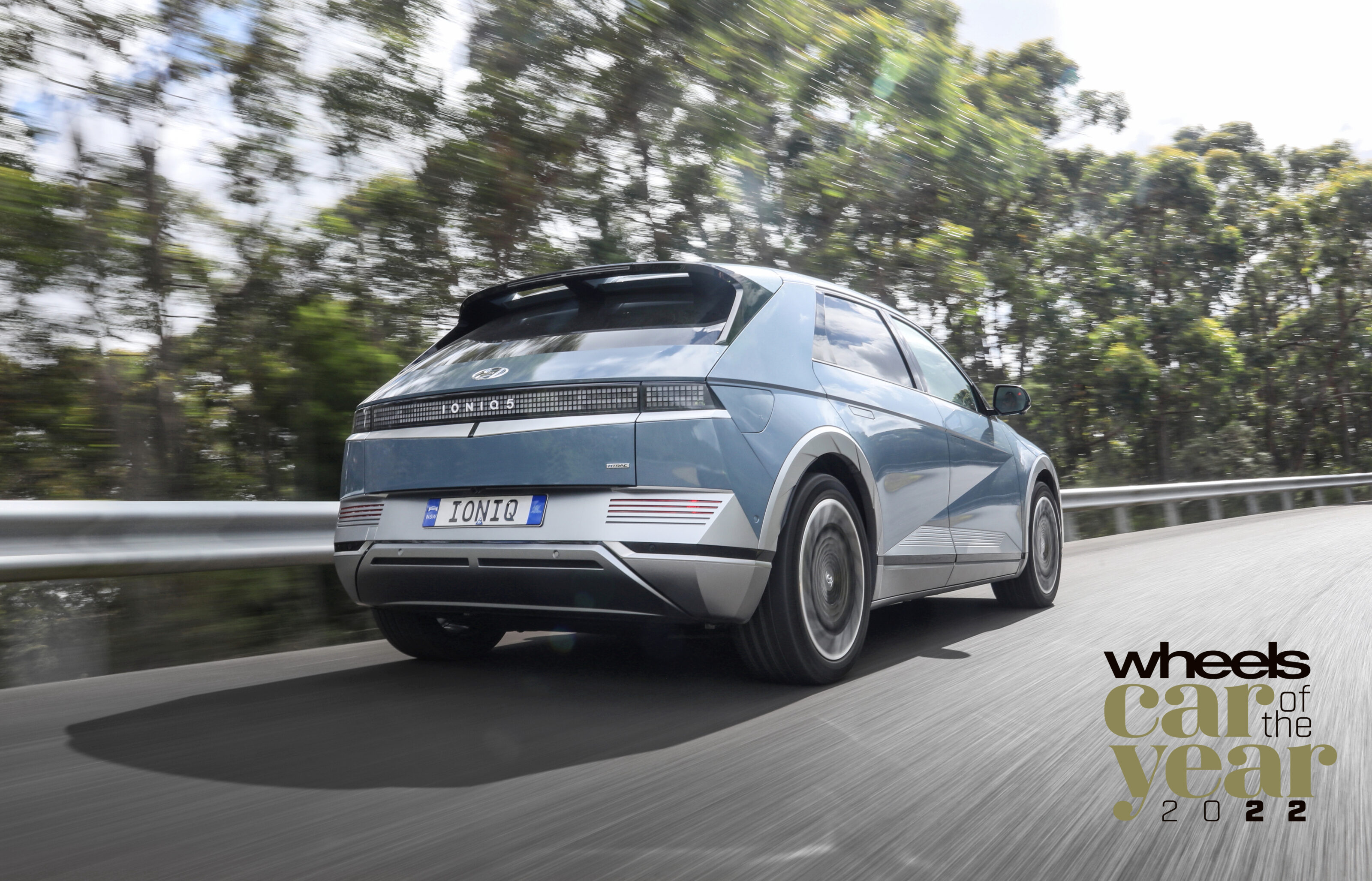
To assist with getting in and out, the door frames of the Ioniq 6 sit above the low window frame – the latter of which echoes four-door coupes, such as the Mercedes-Benz CLS.
At the rear, the Ioniq 6 includes sharp full-width LED tail lights, a chunky bumper with air vents, and a ‘whale tail’ spoiler reminiscent of a Porsche 911 Turbo.
Only time will tell what sales will be like for the Ioniq 6 in Australia and whether it truly can pinch customers from the luxury carmakers, but if the Ioniq 5’s 370 units shifted locally so far this year is anything to go by, the Ioniq 6 as a more obvious competitor could upset the balance.
We recommend
-
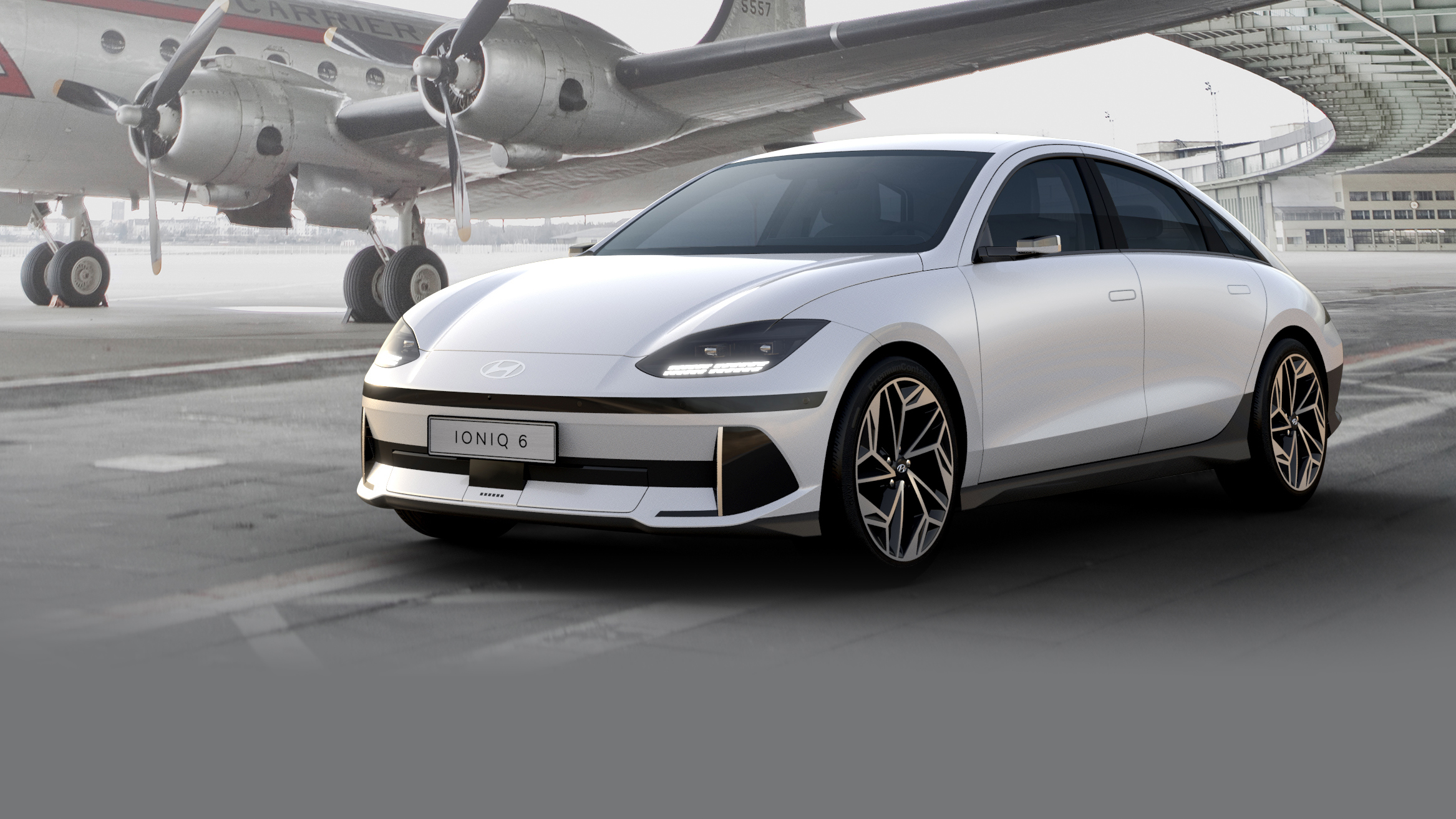 News
News2023 Hyundai Ioniq 6 electric car revealed
Two years on from the reveal of its Prophecy concept, Hyundai has unveiled the final result: the Ioniq 6 electric sedan
-
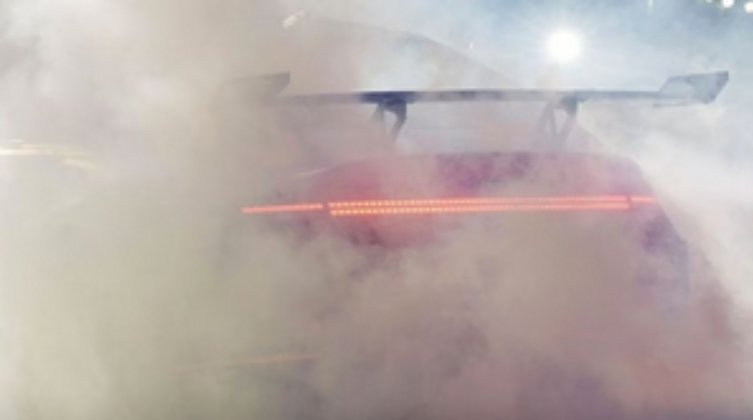 News
NewsHyundai Ioniq 6 N racing concept surfaces online
The performance brand is expected to continue growing with its first electrified models revealed on July 15
-
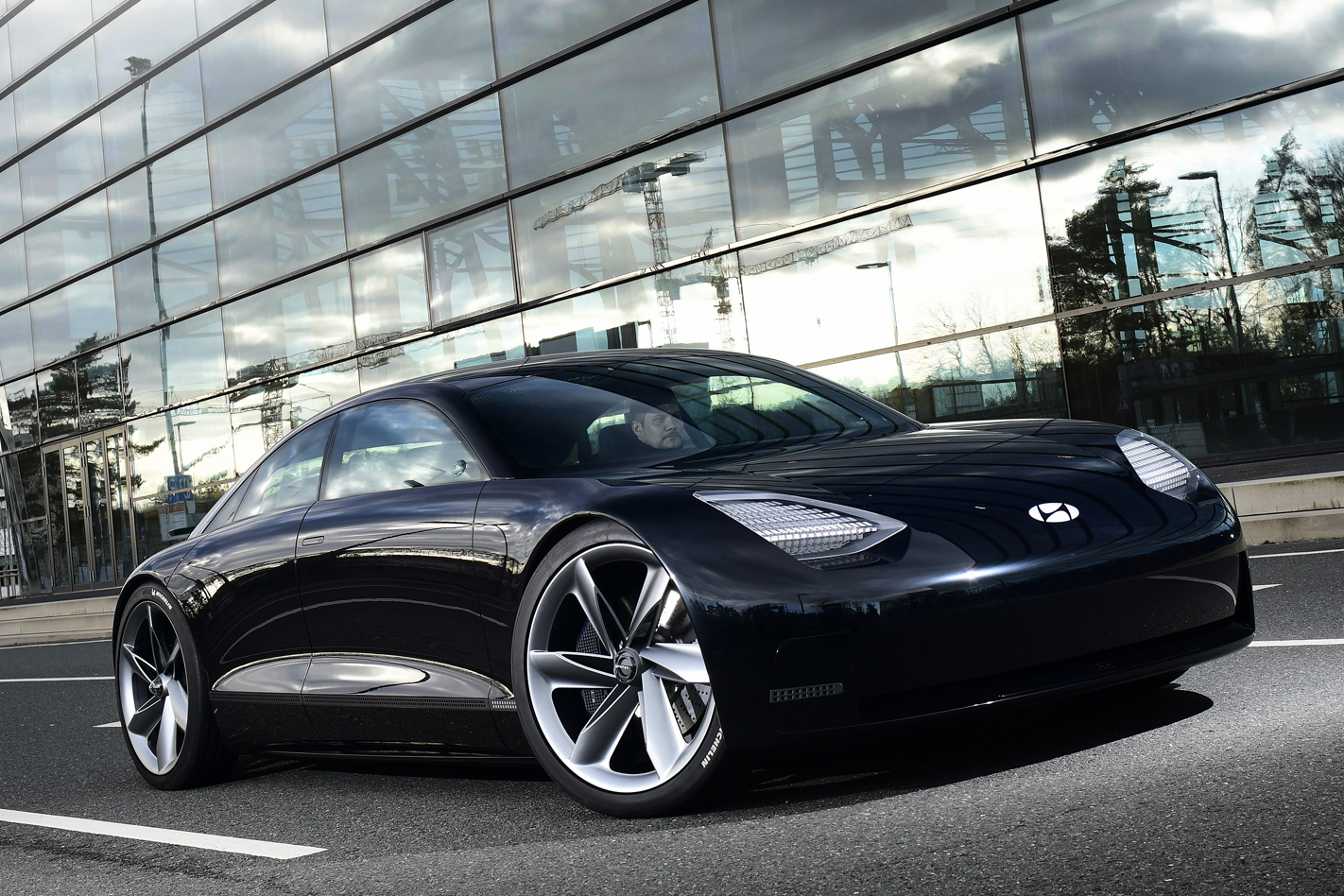 News
News2022 Hyundai Ioniq 6 interior spied for the first time
Evolution rather than revolution to set the tone for new EV's interior




